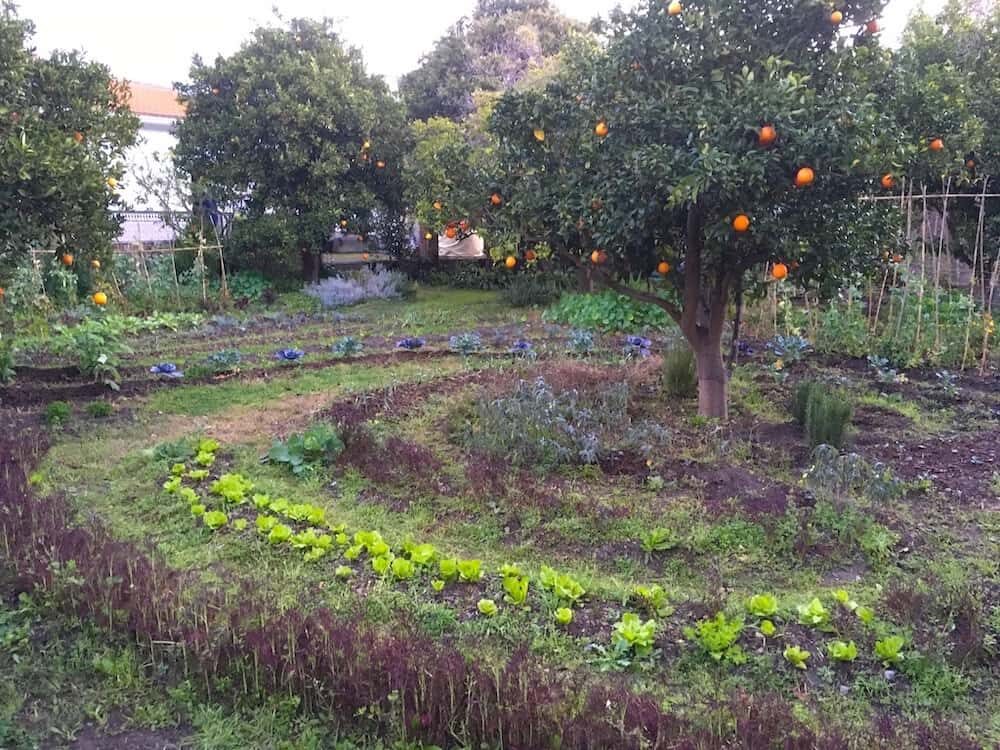Food Forest Design: Creating Abundance and Sustainability
In today’s world, where we are increasingly disconnected from the sources of our food, creating a sustainable and abundant food forest can be an empowering endeavor. A food forest is a carefully designed system that mimics the natural patterns found in forests to create a diverse and productive ecosystem. By incorporating layers of plants such as trees, shrubs, herbs, and groundcovers, a food forest becomes self-sustaining and provides an abundance of nutritious foods for years to come.
When designing a food forest, it is important to consider the climate and soil conditions of your region. Selecting native or adapted species ensures they will thrive in your specific environment with minimal inputs. For example, fruit trees like apple or pear varieties that are well-suited to your area will require less maintenance compared to exotic species.
Another key element in food forest design is diversity. By including different types of plants with varying heights, root systems, and growth habits, you create a balanced ecosystem that supports pollinators and beneficial insects while minimizing pest problems. Additionally, diverse plantings contribute to soil health by improving nutrient cycling and water retention.
Integrating perennial crops into your food forest is essential for long-term sustainability. Perennials require less effort than annuals since they do not need replanting each year. Consider including berries (such as raspberries or blueberries), perennial vegetables (like asparagus or rhubarb), and nitrogen-fixing plants (such as legumes) that enrich the soil naturally.
Furthermore, designing your food forest with multiple layers maximizes space utilization. Tall canopy trees provide shade for understory trees like figs or persimmons while allowing enough light for smaller shrubs such as currants or gooseberries beneath them. Low-growing ground covers like strawberries act as living mulch preventing weed growth while providing additional harvestable yields.
To ensure success in establishing your food forest, proper planning and maintenance are crucial. Establishing a diverse guild, or a group of plants that mutually benefit each other, helps increase productivity and reduces the need for external inputs like fertilizers or pesticides. Regular pruning and thinning of trees promote airflow and sunlight penetration to lower levels, preventing disease outbreaks.
In conclusion, designing a food forest is an inspiring way to create abundance and sustainability on your homestead. By incorporating native species, promoting diversity, integrating perennials, and utilizing multiple layers of vegetation, you can establish a self-sustaining ecosystem that provides nutritious food while enhancing the environment. So roll up your sleeves, grab your gardening tools, and start creating your own food forest today!


Leave a comment